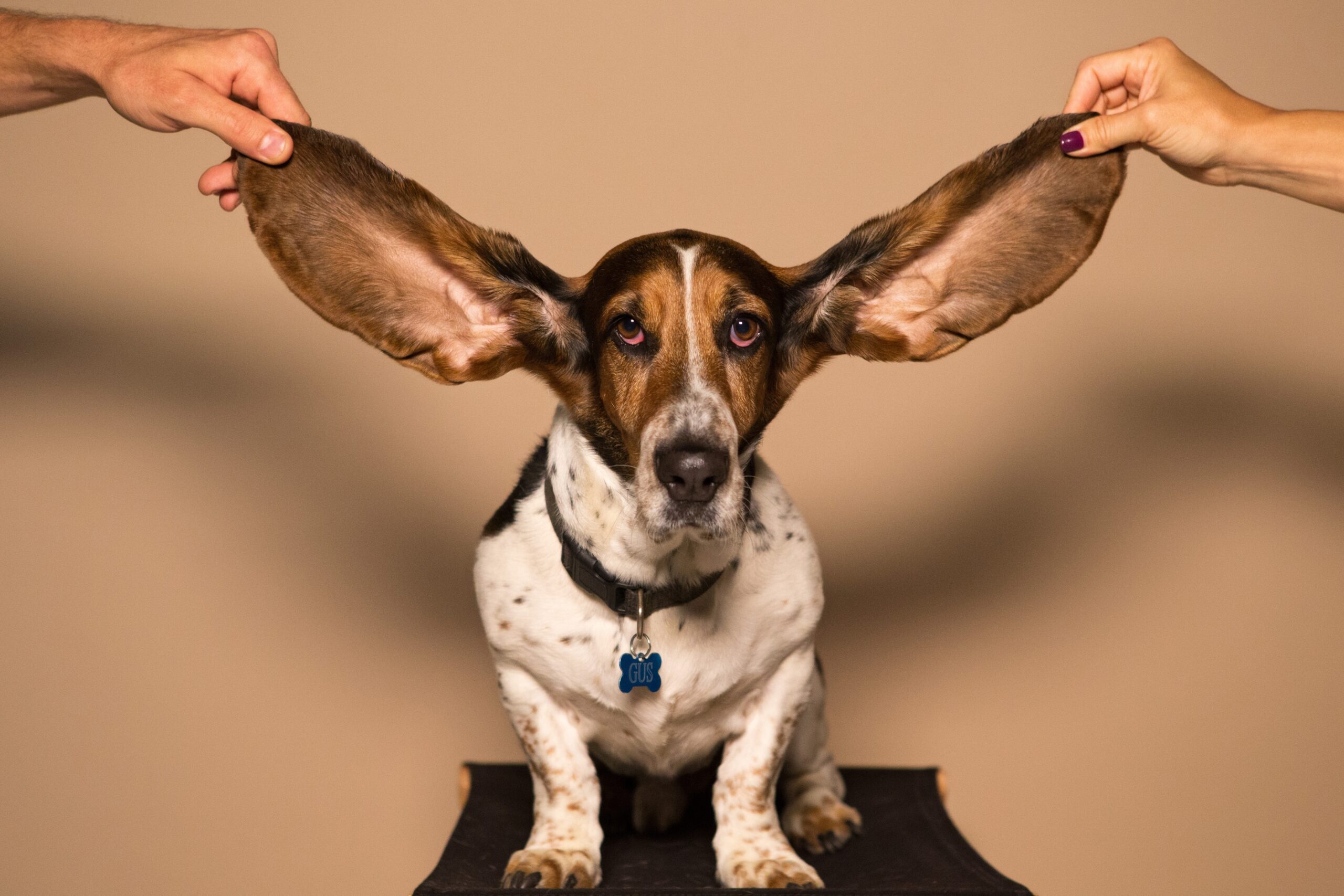Preventing Ear Infections in Dogs: A Complete Guide
Preventive Measures for Ear Infections in Dogs: Learn how to identify and reduce the risk of ear infections in dogs, including cleaning and drying techniques, the importance of regular grooming, and the significance of veterinary care.
Understanding Canine Ear Infections
Ear infections in dogs can manifest through common symptoms such as head shaking, scratching at the ears, and foul odors emanating from the ears. These signs may indicate an underlying issue that requires attention to prevent potential long-term effects on the dog’s health. Ear infections in dogs are often caused by factors such as moisture, inflammation, allergies, and immune system issues. If left untreated, these infections can lead to severe consequences, including hearing loss, balance issues, and loss of appetite.
It’s important to note that untreated ear infections in dogs can result in long-term health issues. For example, chronic ear infections can lead to a thickening of the tissue in the ear canal, making it more prone to future infections. Additionally, persistent ear infections can cause damage to the eardrum, leading to permanent hearing loss in dogs. Moreover, the constant discomfort and pain from untreated ear infections can affect a dog’s behavior, leading to increased irritability or even aggression. Therefore, understanding the symptoms and potential long-term effects of ear infections in dogs is crucial for timely preventive measures and treatment.
In some cases, untreated ear infections in dogs can also lead to secondary infections that affect other parts of the body. For instance, an untreated ear infection can lead to an infection in the middle ear, which may result in more severe symptoms and complications. Furthermore, the inflammation caused by untreated ear infections can weaken the immune system, making the dog more susceptible to other health issues. Therefore, it is essential for dog owners to be vigilant about the signs of ear infections and take preventive measures to avoid long-term health issues for their pets.
Identifying Dogs at Risk
Identifying dogs at risk of ear infections is essential in taking proactive measures to prevent these issues. Floppy-eared dogs, such as Cocker Spaniels and Basset Hounds, are more prone to ear infections due to the limited airflow to the ear canal, creating a warm and moist environment that is conducive to bacterial and yeast growth. Additionally, breeds that are avid swimmers, like Labrador Retrievers and Golden Retrievers, are at an increased risk of developing ear infections due to the accumulation of water and debris in their ears.
Senior dogs, especially those with age-related health conditions, are also more susceptible to ear infections. As dogs age, their immune system may weaken, making them more vulnerable to infections, including those in the ears. Furthermore, dogs with allergies or immune system disorders are at a heightened risk of developing ear infections, as these conditions can compromise the overall health of their ears, making them more susceptible to inflammation and infections.
Understanding the specific breeds and factors that make dogs more prone to ear infections empowers dog owners to be proactive in their preventive care. By recognizing these risk factors, pet owners can take appropriate steps to keep their furry companions’ ears clean and dry, mitigate potential allergens, and seek veterinary care at the earliest signs of an ear infection.
Preventive Measures for Ear Infections
Preventing ear infections in dogs requires a proactive approach to ear care. One of the essential preventive measures is adhering to a regular ear cleaning regimen using a reliable ear cleansing solution. For instance, using a veterinarian-recommended ear cleaning solution and cleaning the dog’s ears once every 1-2 weeks can help remove excess wax and debris, thus reducing the risk of infections.
Furthermore, it’s crucial to consider the specific needs of individual dogs when it comes to ear cleaning. For example, some dogs may require more frequent ear cleaning if they are prone to ear problems or have a history of ear infections. Consulting a veterinarian can provide valuable insights into the appropriate cleaning frequency based on the dog’s unique circumstances.
In addition to regular cleaning, proper drying of the dog’s ears after swimming is vital for maintaining their overall ear health and hearing capabilities. Ensuring that the ears are thoroughly dried helps prevent moisture-related issues that can contribute to the development of ear infections. Moreover, involving dog groomers in the process can be beneficial, as they can assist in trimming the hair inside and around the ear canal, which can contribute to preventing infections and promoting better ear hygiene. By implementing these preventive measures, dog owners can significantly reduce the risk of ear infections in their pets, promoting their overall well-being and comfort.
Seeking Veterinary Care In cases where a dog’s ear is difficult to clean or contains a substantial amount of packed debris, it is important to seek veterinary advice. Veterinary care is essential for accurate diagnosis and treatment of ear infections in dogs. Diagnostic procedures such as cytology, culture/sensitivity testing, and imaging may be necessary to effectively address ear infections and prevent potential long-term health issues. It is crucial to exercise caution in home treatment and to consult a veterinarian before taking any actions to address ear infections in dogs. In conclusion, understanding the common symptoms, identifying at-risk dogs, and implementing preventive measures, along with seeking veterinary care, are crucial aspects of preventing ear infections in dogs and ensuring their overall well-being.




 Book Appointment
Book Appointment